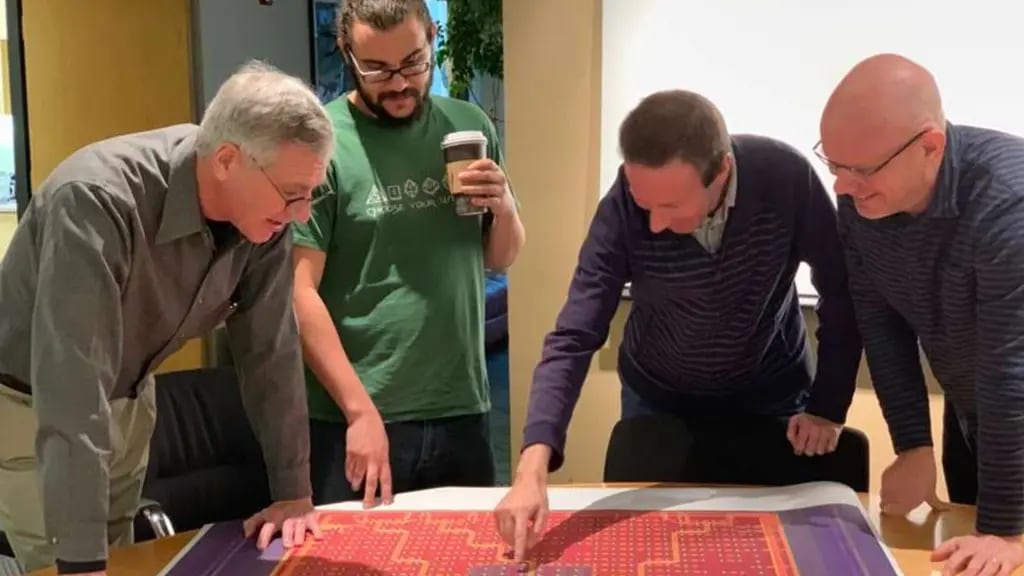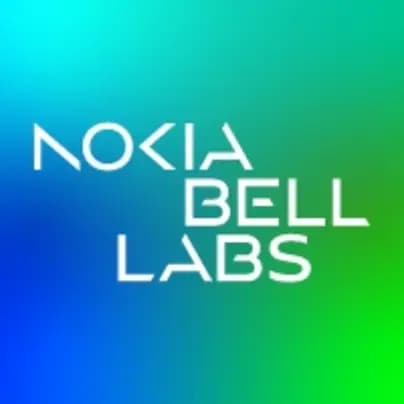The Power in Little Things

As demand for wireless services continues to boom, Communication Service Providers (CSPs) have increasingly found themselves needing to provide more spectrum and, with it, more cell tower antennas. But spectrum is a finite and expensive resource and, in dense urban areas, so is the real estate for cell towers.
To help solve the problem, Nokia Bell Labs introduced the industry’s first active array antenna in 2011. Active array antennas can generate multiple radio beams, so more people can make use of a single block of spectrum. Though more cost effective than the alternative in certain situations, the expense of these new antenna arrays limited mass deployment.
In 2015, the University of California, Berkeley’s Wireless Research Center (BWRC) and Bell Labs launched the Flexible Arrays of Digital and Efficient Radios (FADER) project to find a way to cut the cost of antenna arrays by a factor of 100. The group began by focusing on how to reduce the cost of the underlying chipset.
In 2017, the team delivered its first test chip, which showed the ability to adapt both performance and power of the transmitters and receivers. When full performance is not needed, the radio can scale back its power consumption. This way, the array uses the least amount of power to meet its specifications. This was a big step, but there was more work to be done. The team has since developed two additional generations of test chips that incorporate open-source programmatic design methodology with SoC hardware.
"To meet our goal, we had to pare everything down to the essentials. There's no more than silicon chips, wires connecting them and a cheap substrate to hold it all together," said Gregory Wright, Nokia Bell Labs, who was one of the founders of the project. "We purposely use individual radios with less than state of the art performance to save power and cost. The magic of the array is that we can combine these inexpensive, low performance radios with digital technology to get full performance from a lower cost system.”
The team plans further testing on this latest generation of chips as well as research on other means by which to lower costs without compromising performance.

Photo L-R: Gregory Wright, Member of Technical Staff, Nokia Bell Labs; Gregory Lacaille, Graduate Student Researcher, University of California, Berkeley; Kosta Trotkovsky, Graduate Student Researcher, University of California, Berkeley; and Marko Kosunen, Senior Research and University Lecturer, Aalto University, Finland. Marko Kosunen's work at Berkeley is supported by a Marie Curie grant from the European Union.
"BWRC's on-going collaboration with Nokia on FADER has been extremely fruitful and beneficial,” said Professor Elad Alon, co-director of the BWRC. “Through this collaboration, BWRC has gained tremendous insight in to both theoretical as well as real world considerations, greatly increasing the potential impact of our efforts. Equally importantly, Nokia researchers truly and seamlessly integrated themselves into the team, and all the BWRC students, faculty, and staff involved look forward to continued collaboration with our Nokia partners."
Nokia Bell Labs is an industrial partner in the BWRC affiliates program. Celebrating its 20th anniversary this year, the BWRC supports research into high-speed, energy-efficient chips and circuits for wireless communications as well as new materials and technologies in low-cost, energy-efficient integrated circuits.
